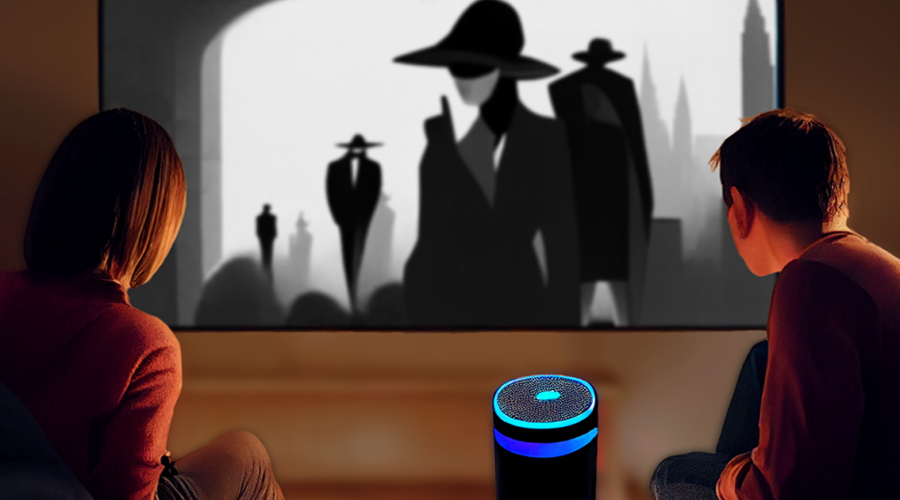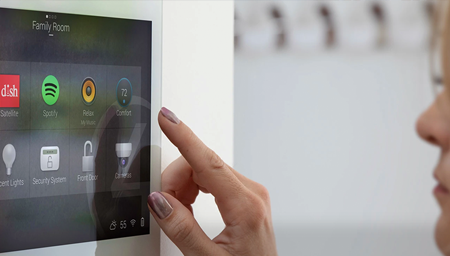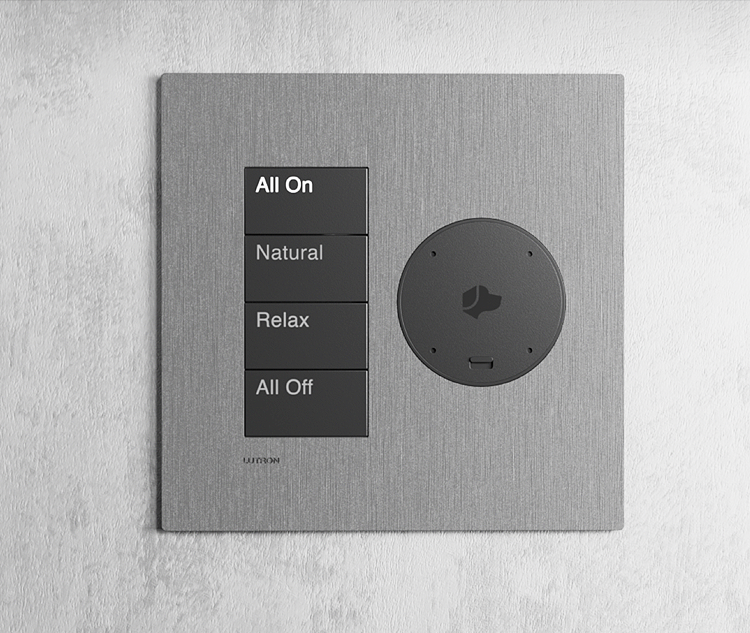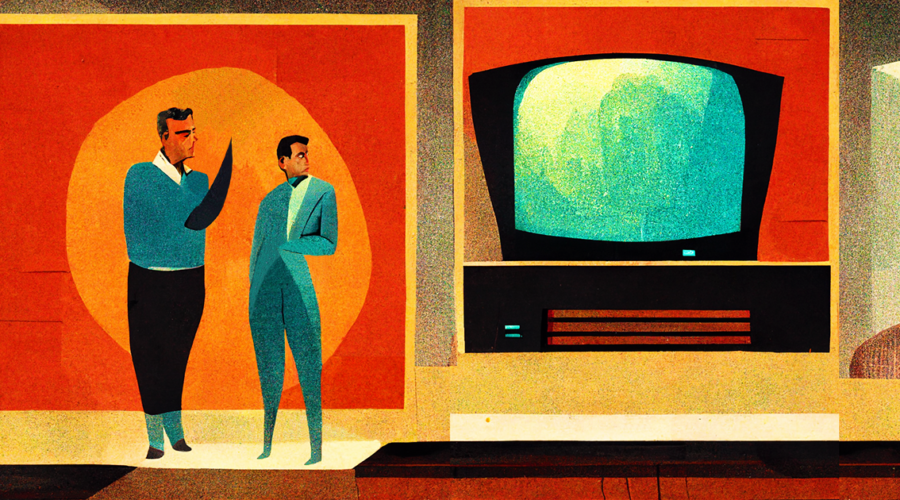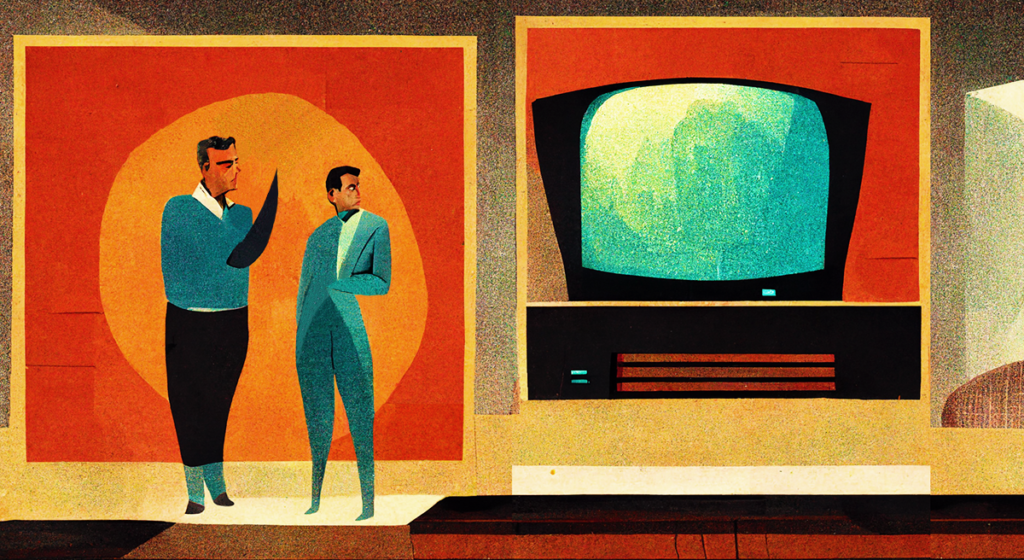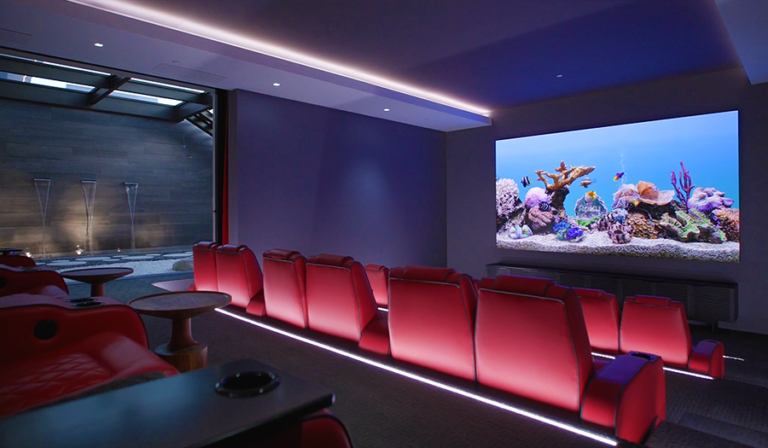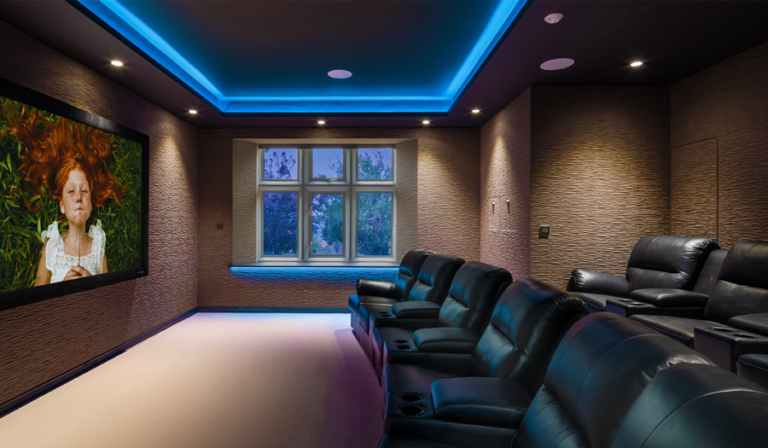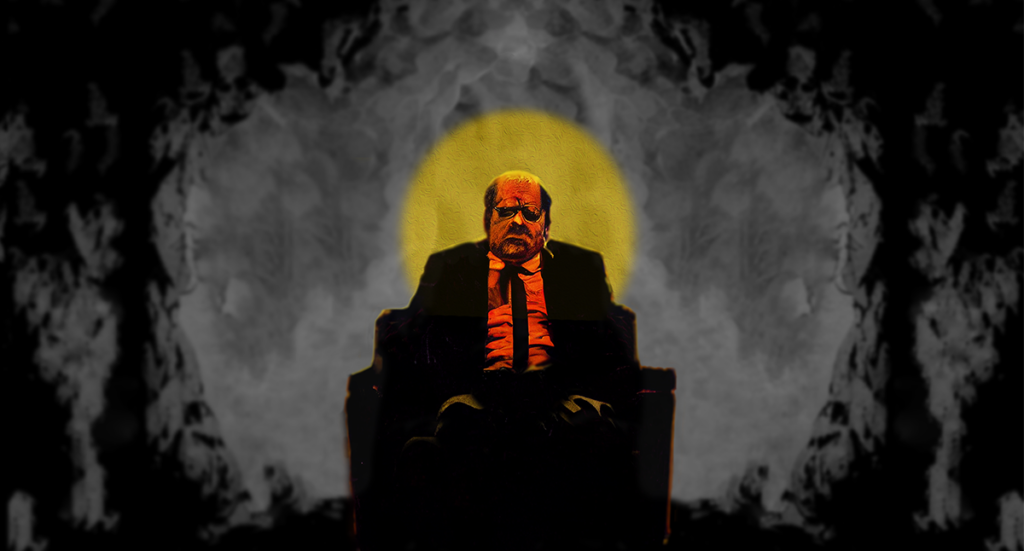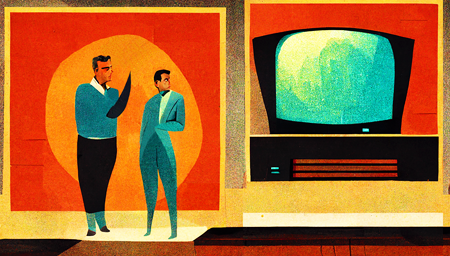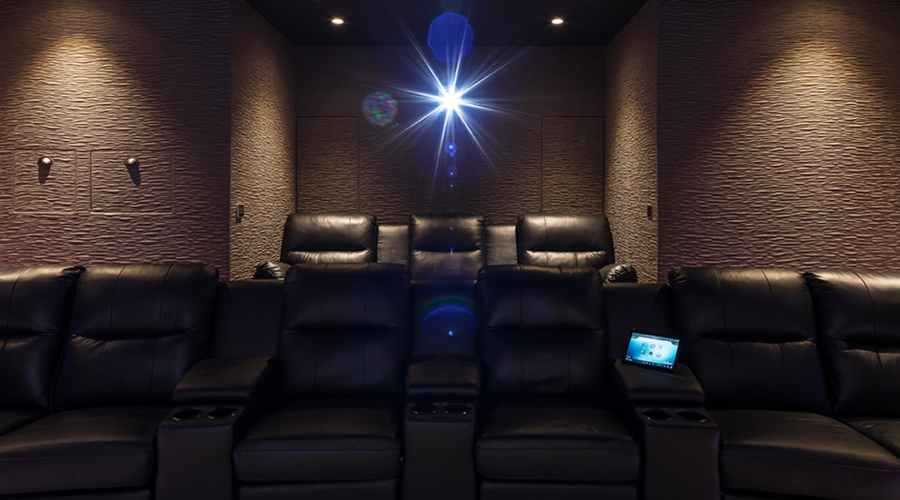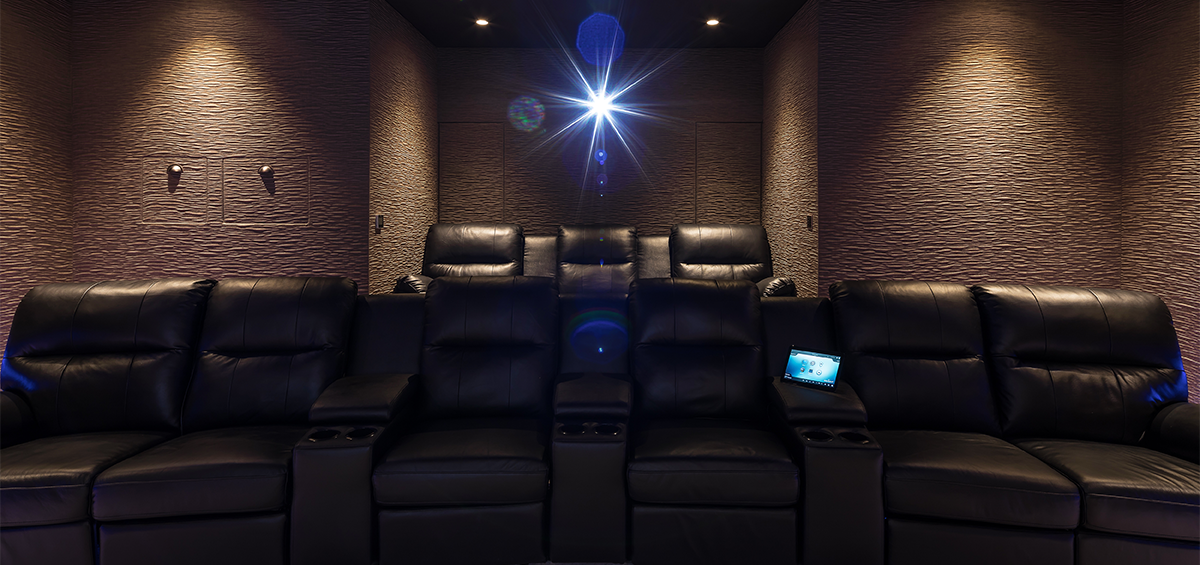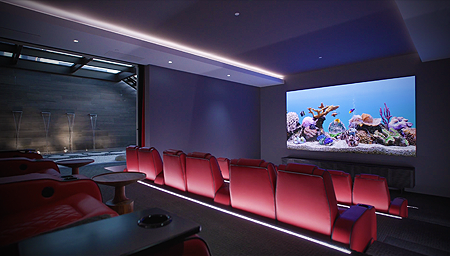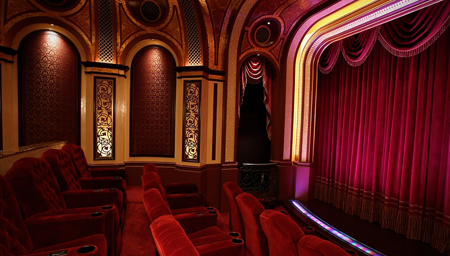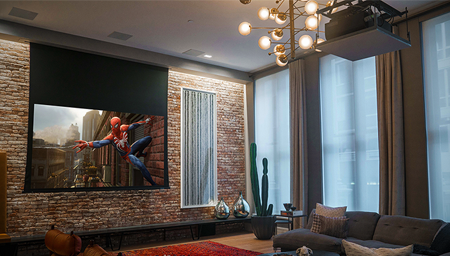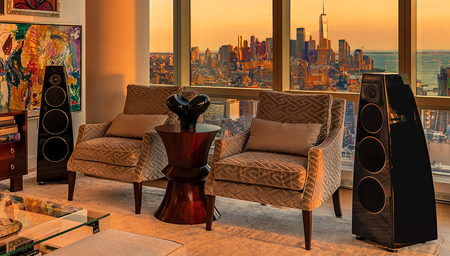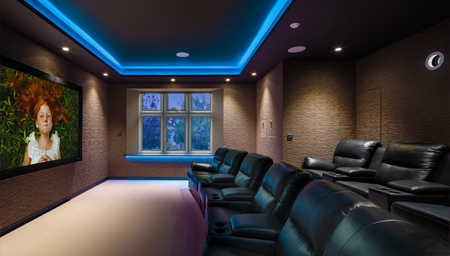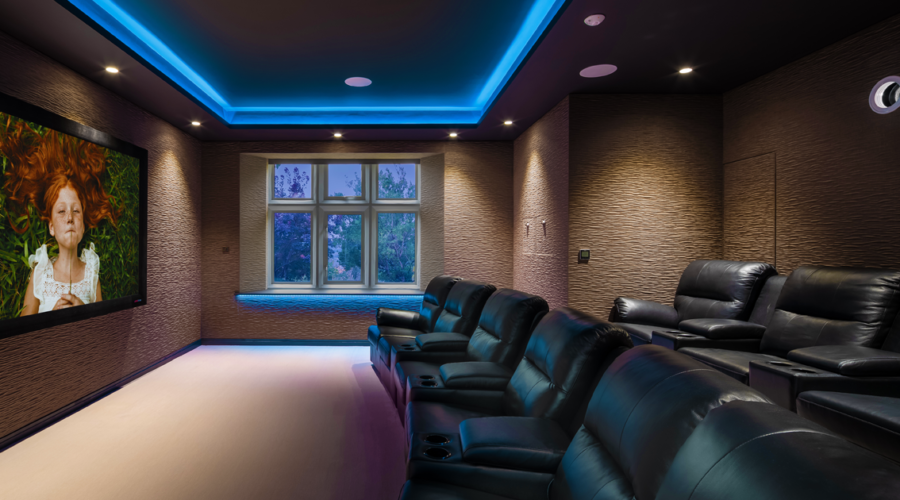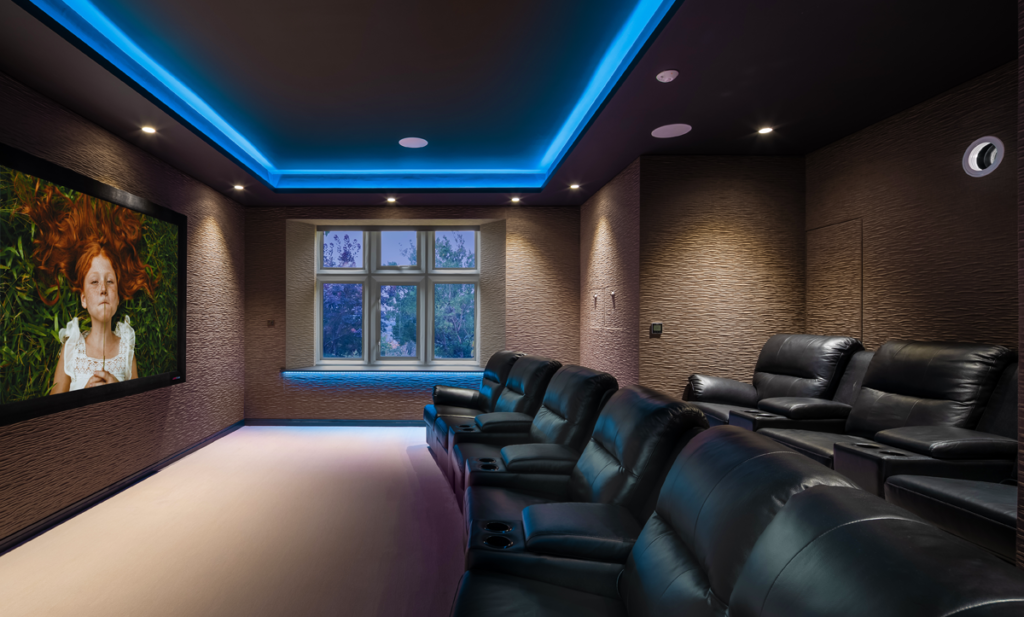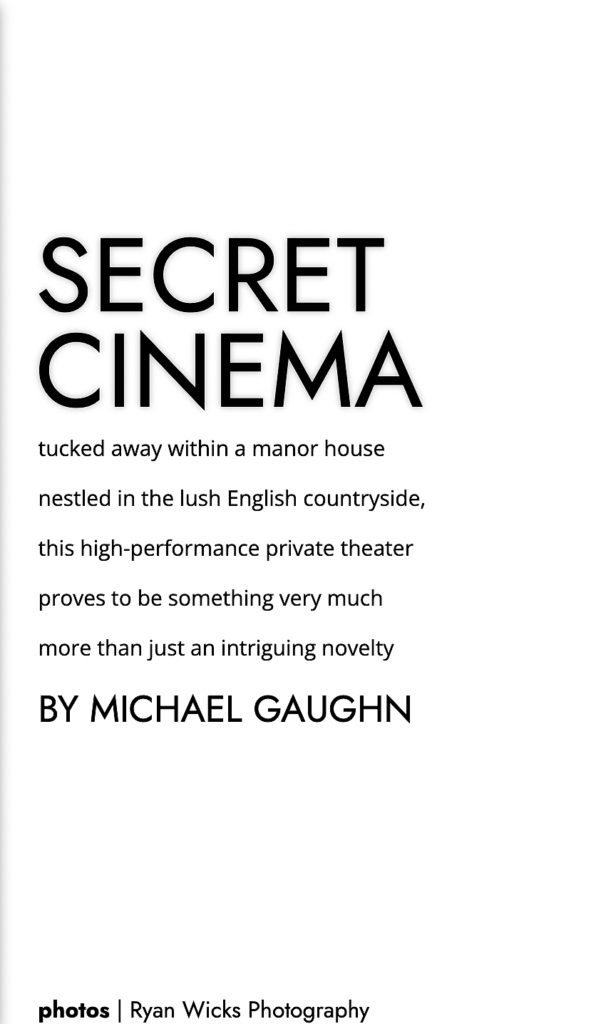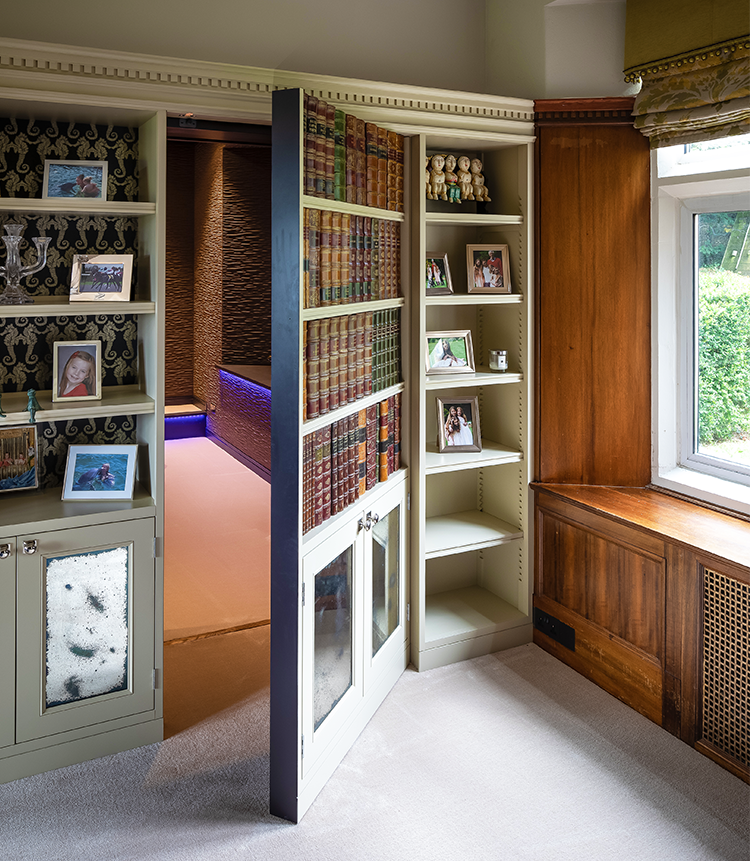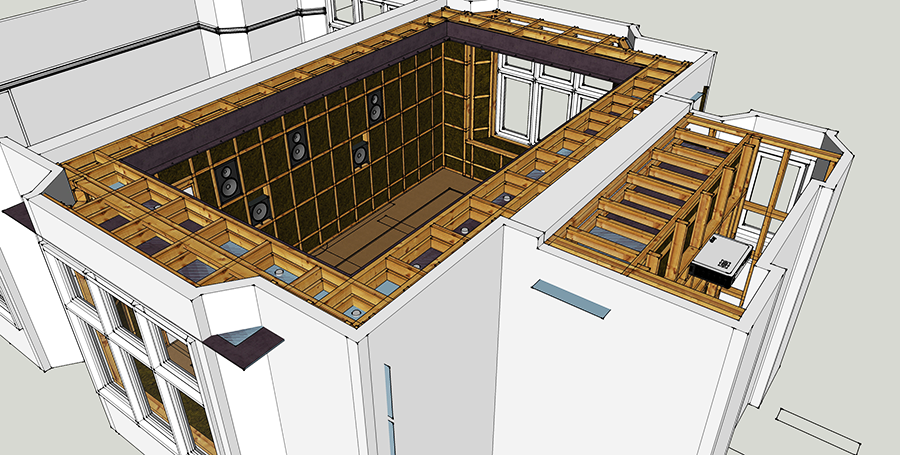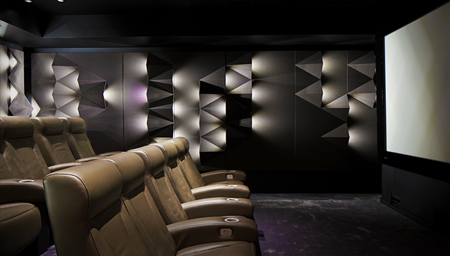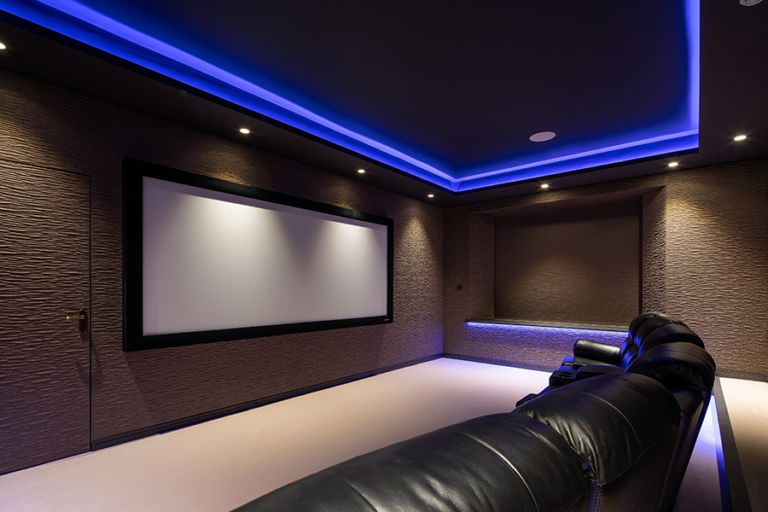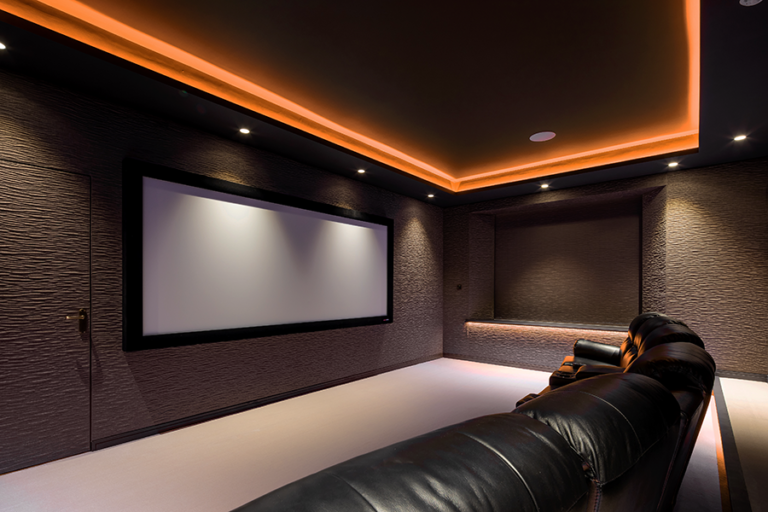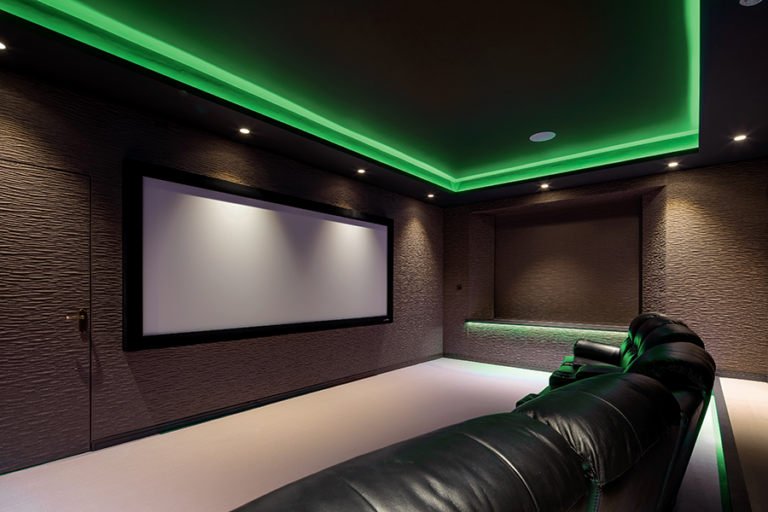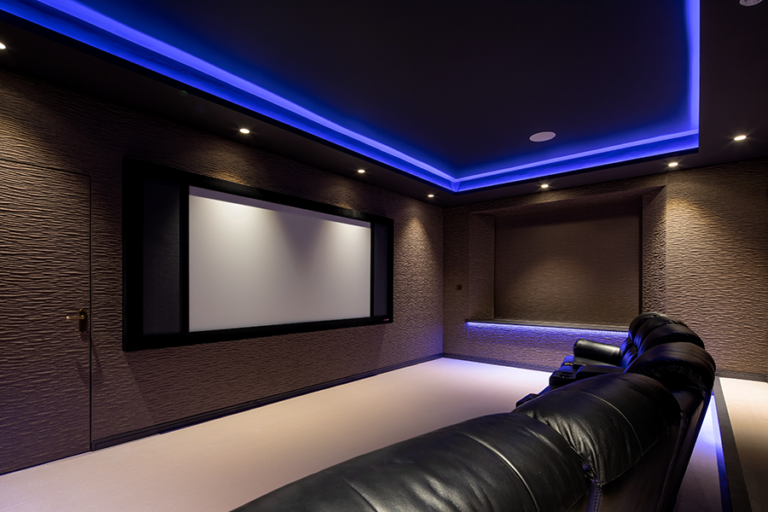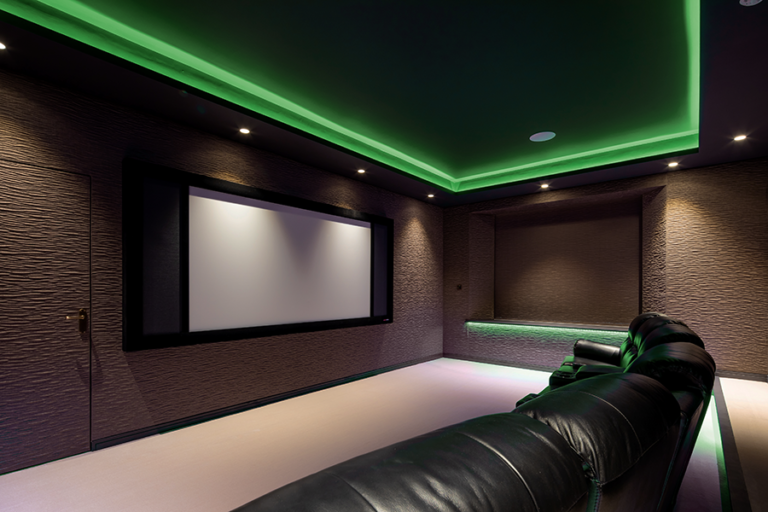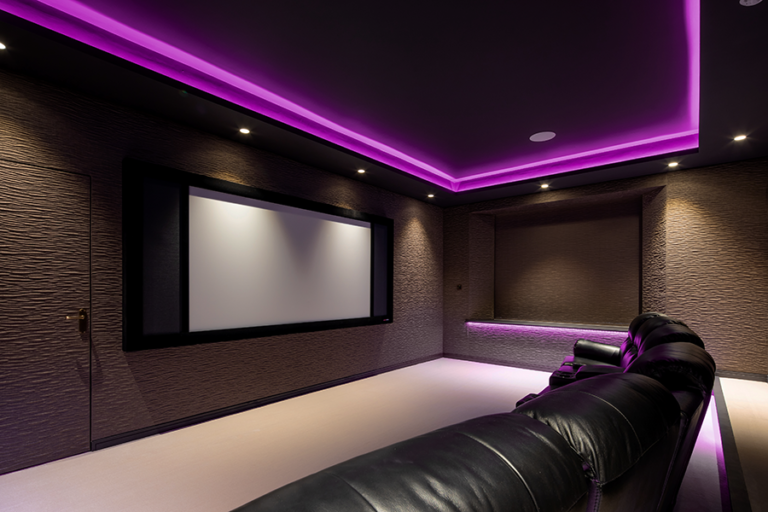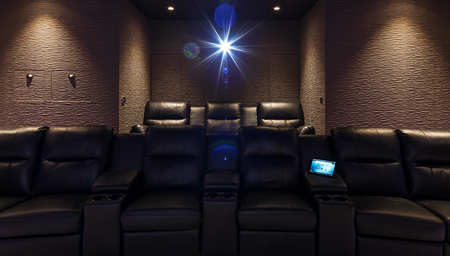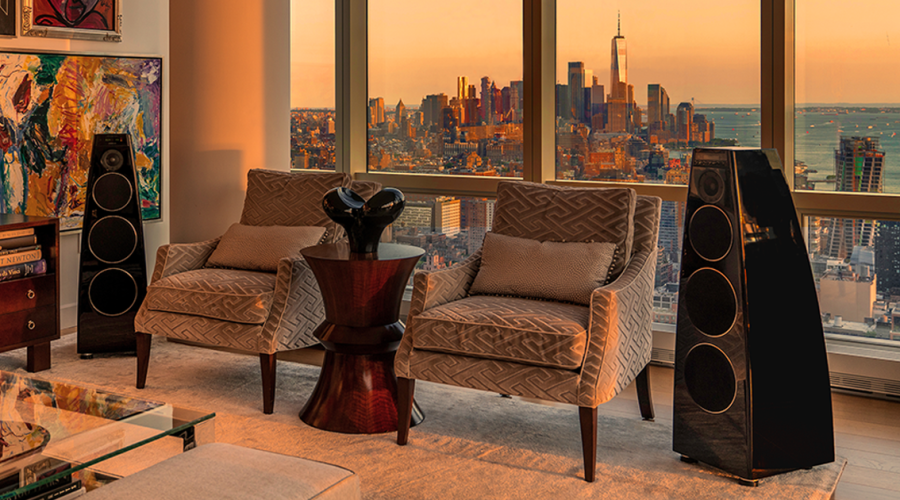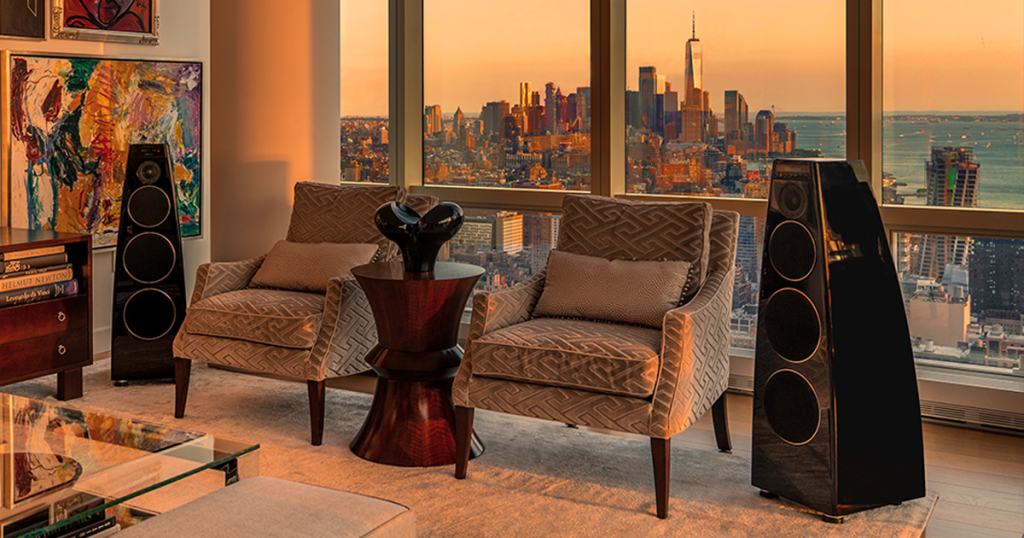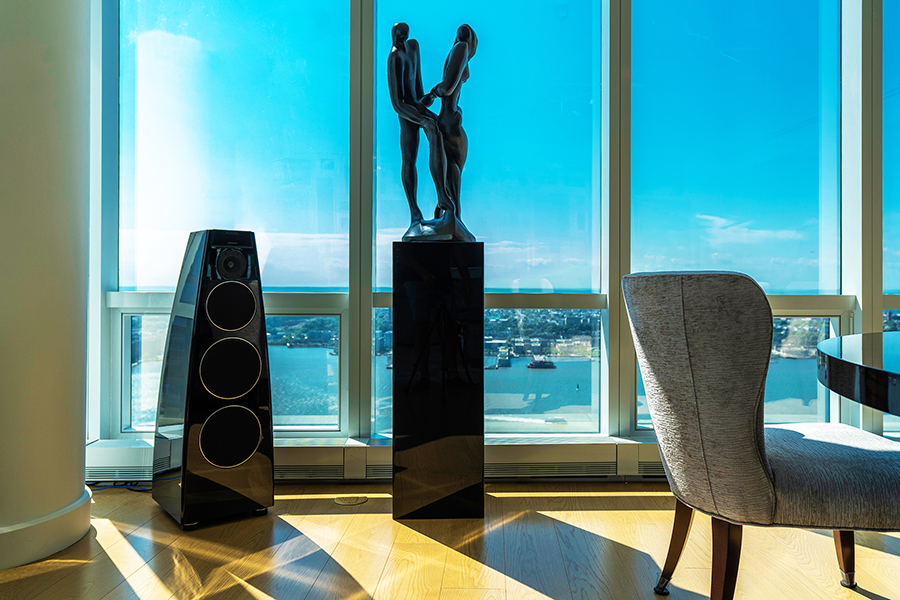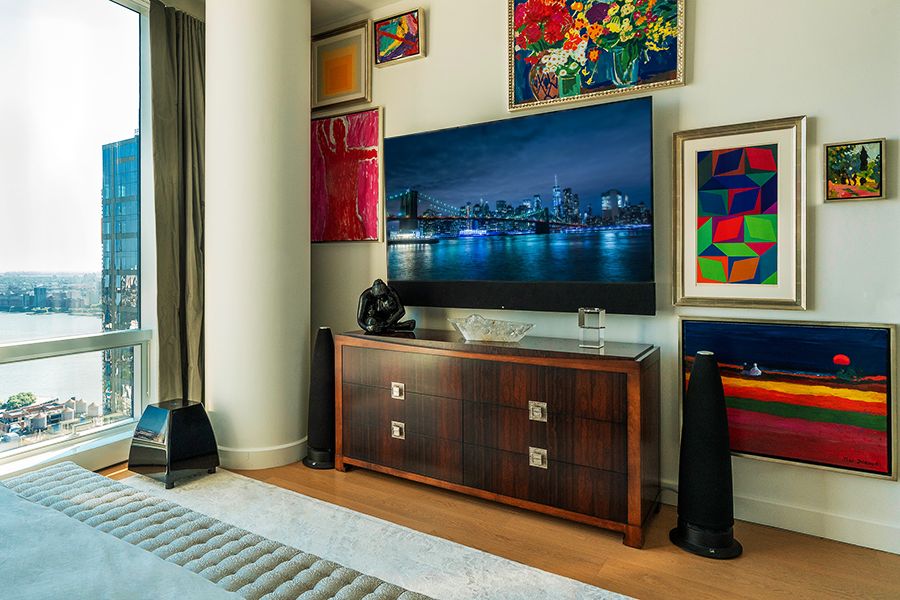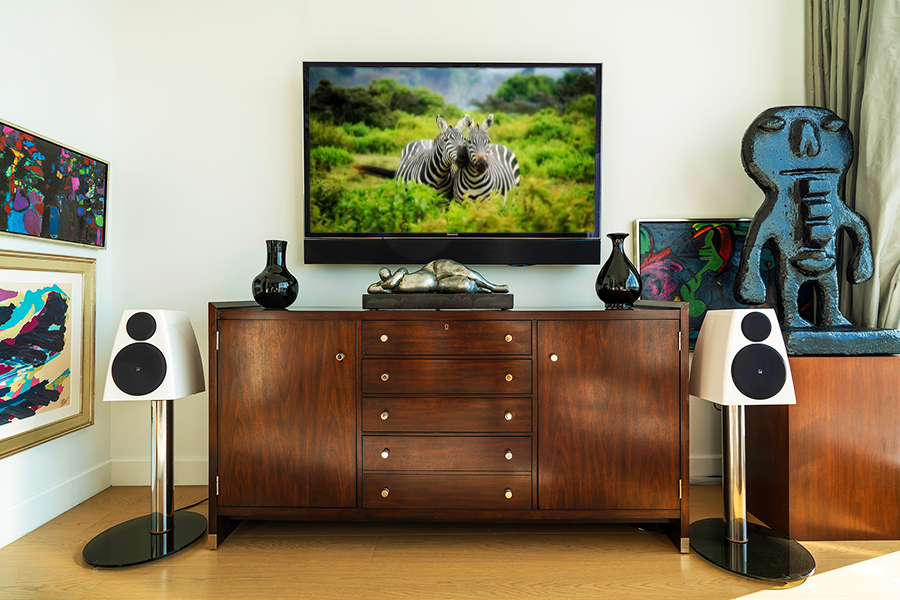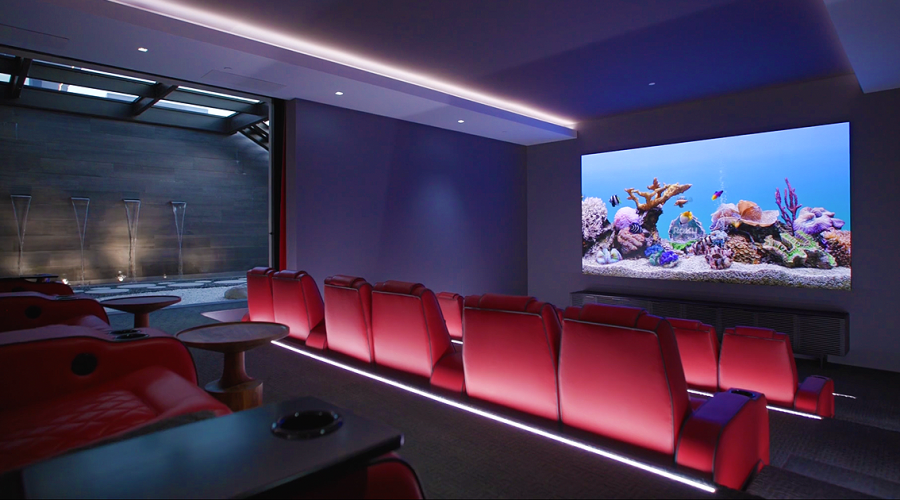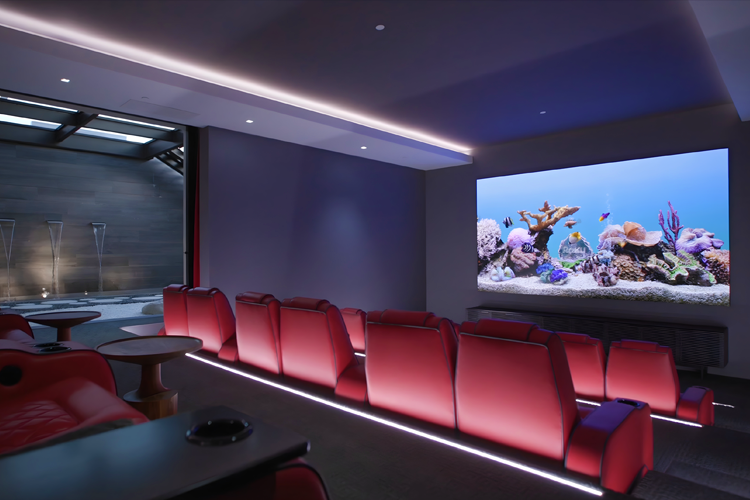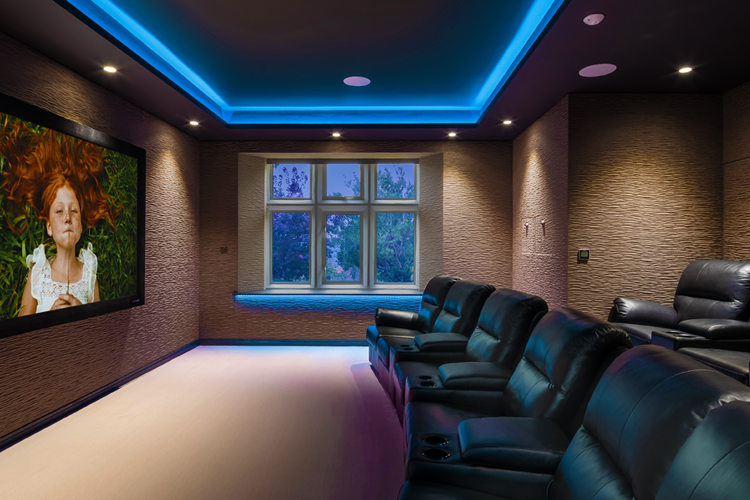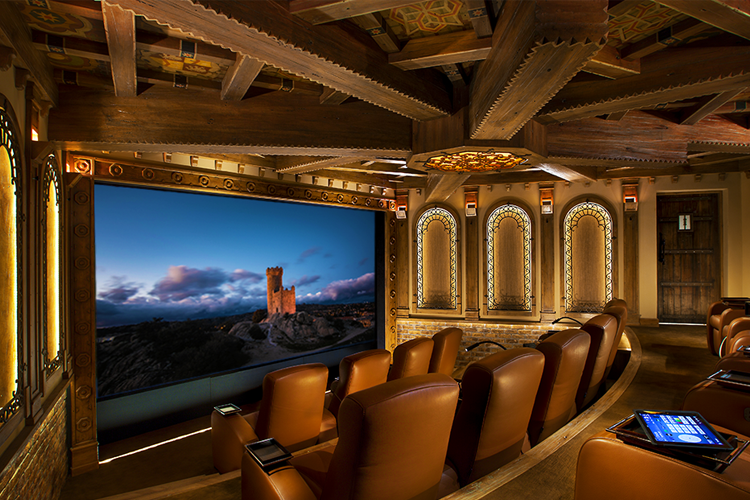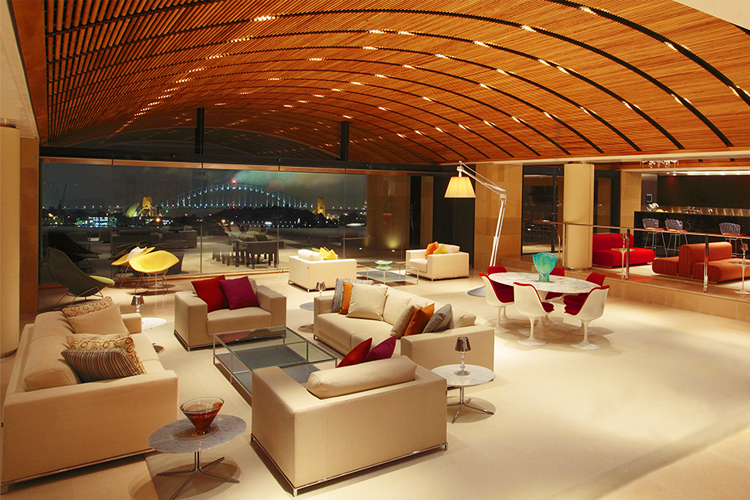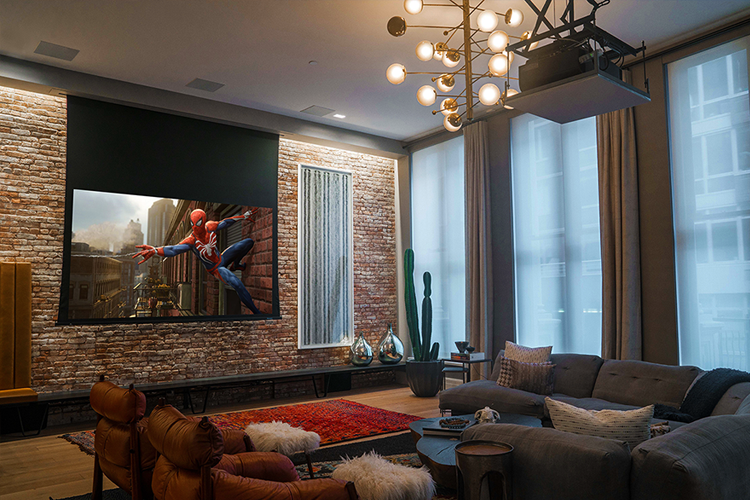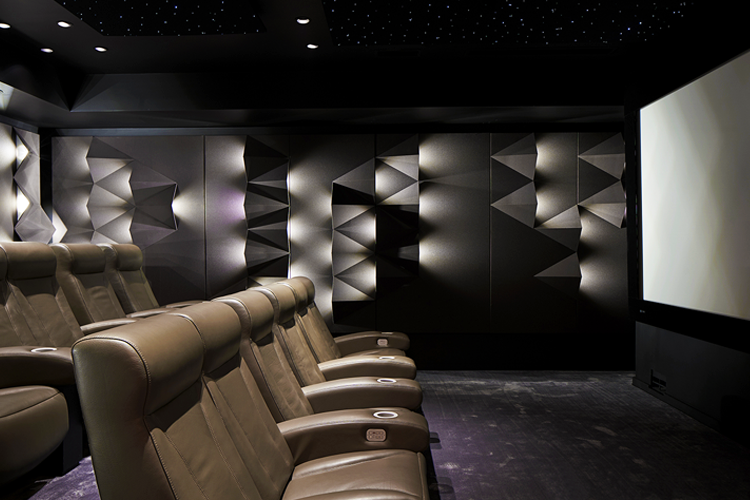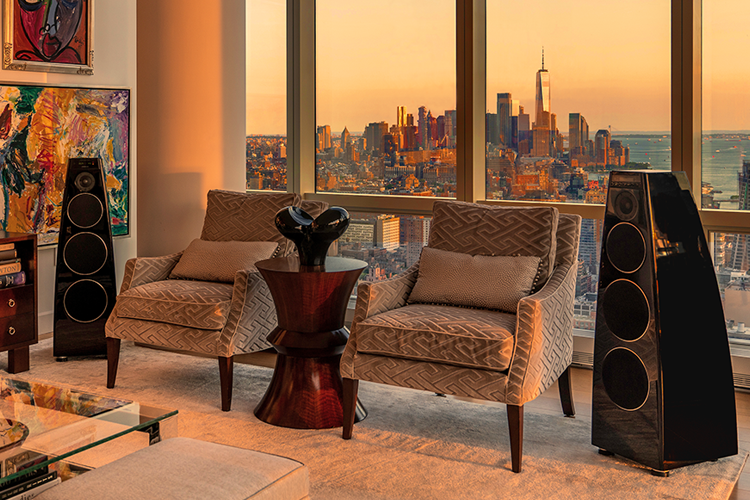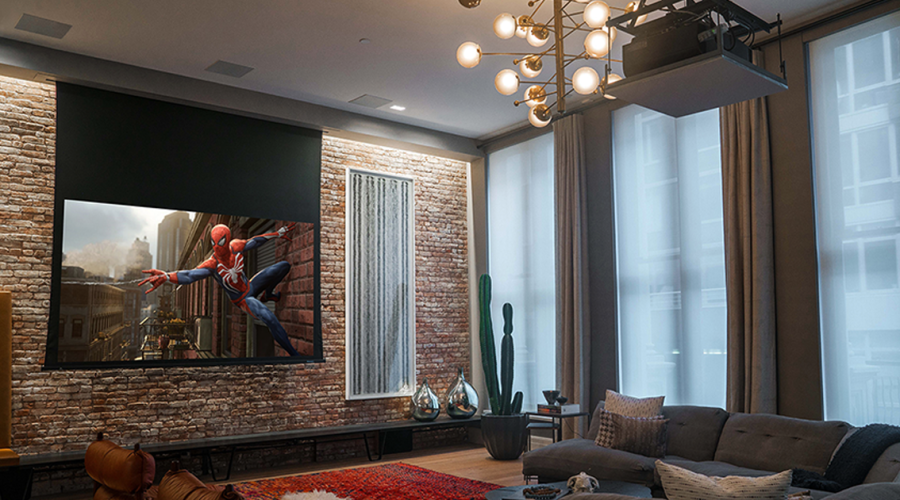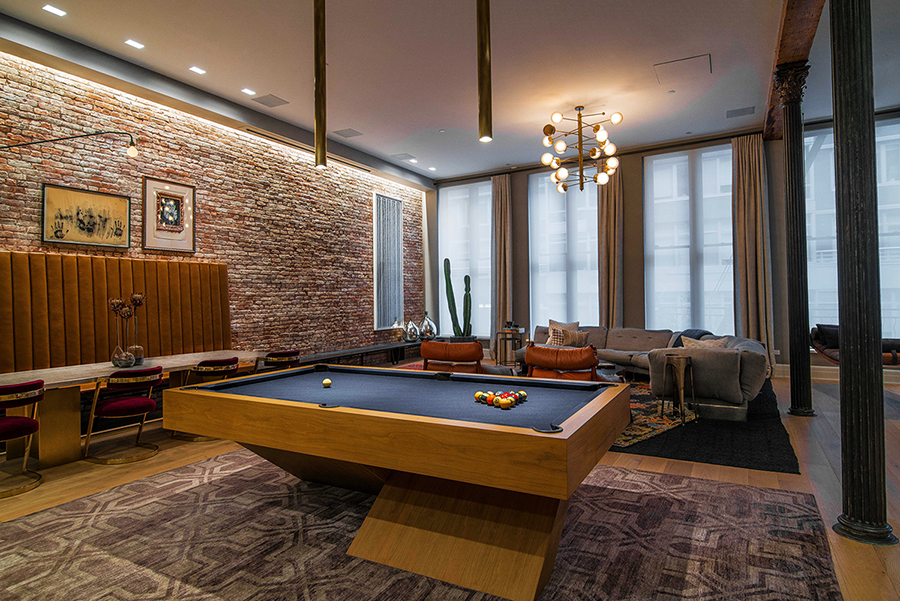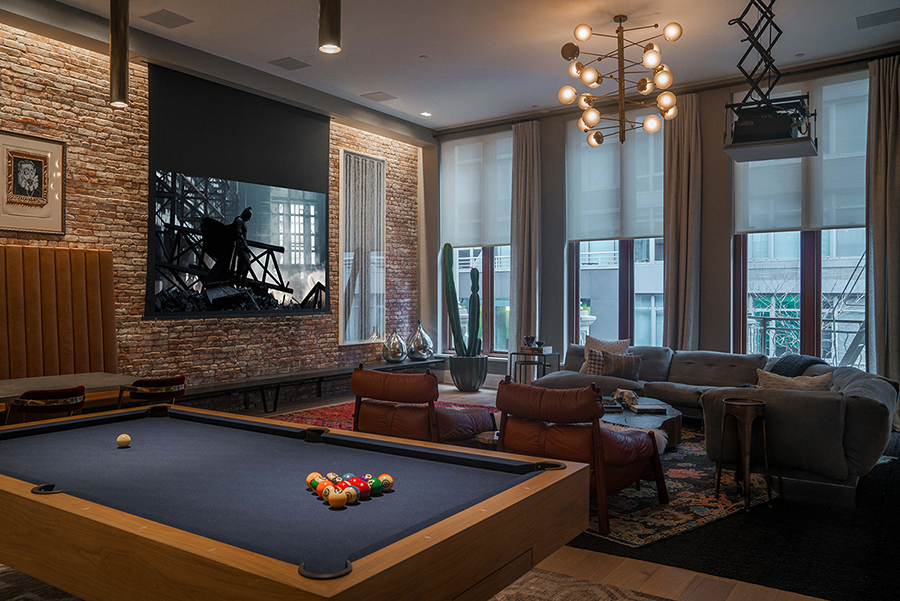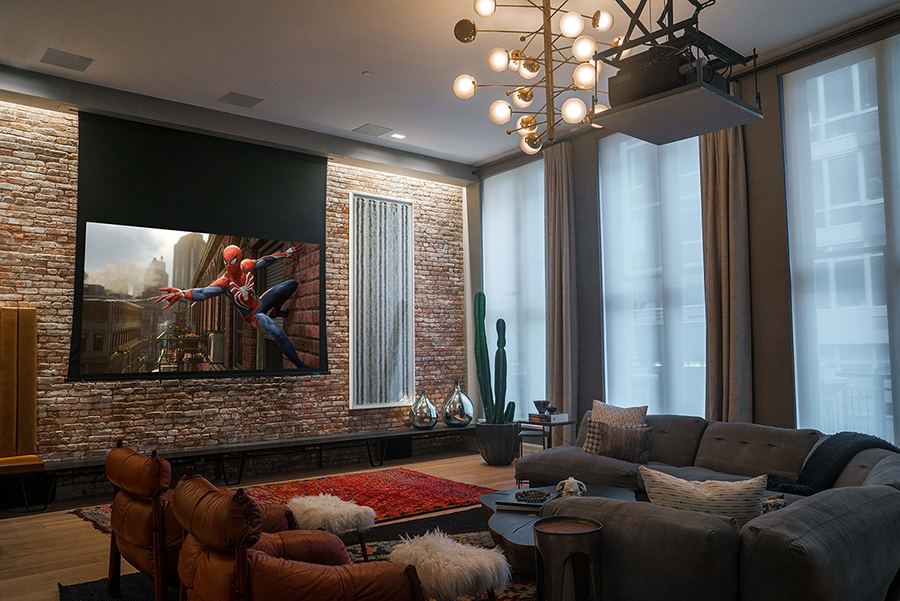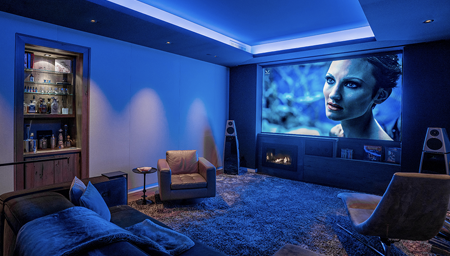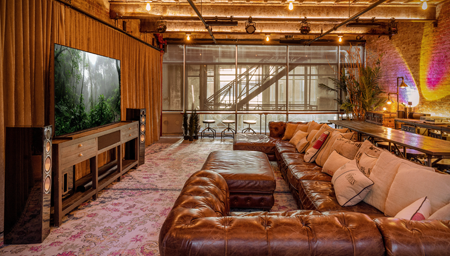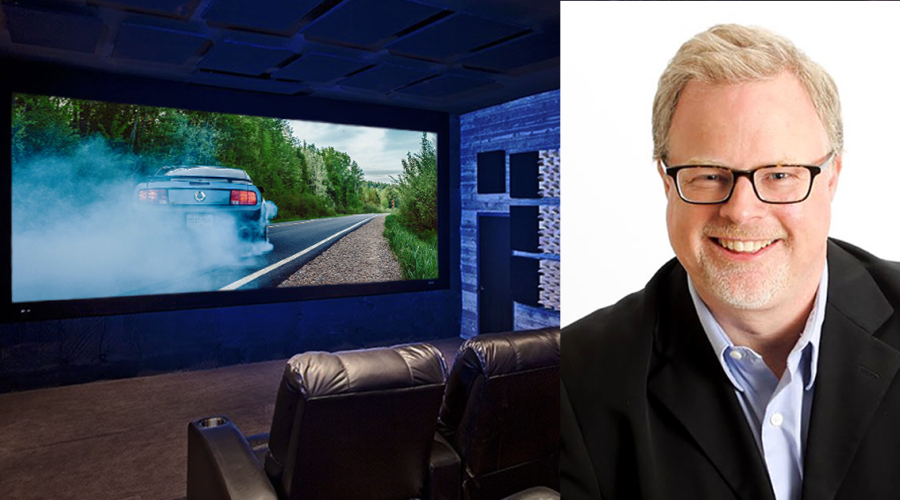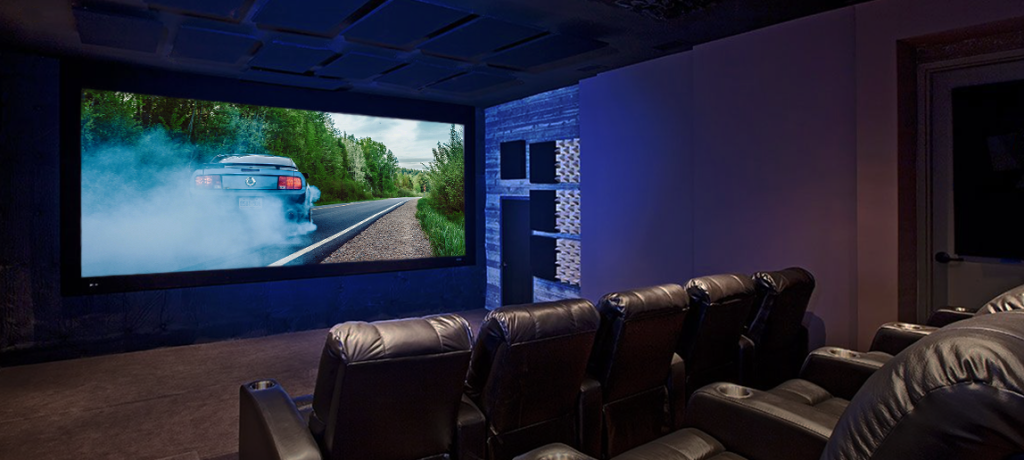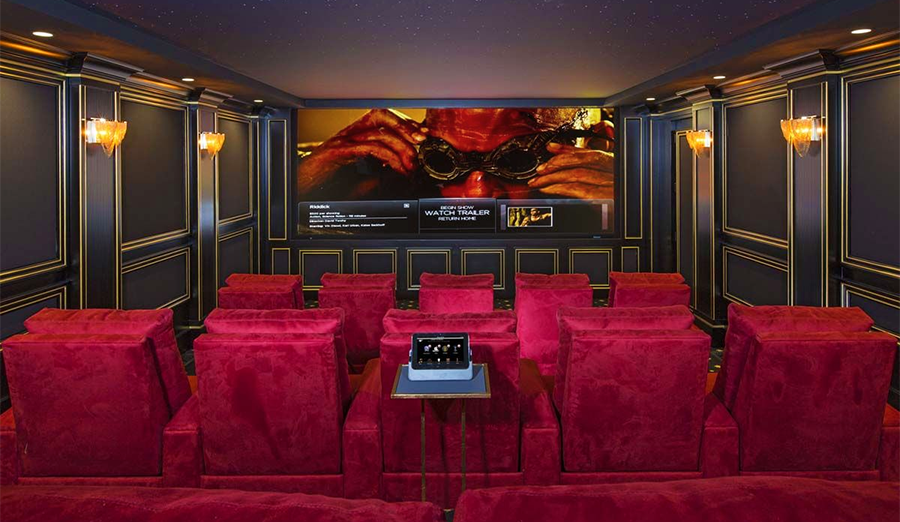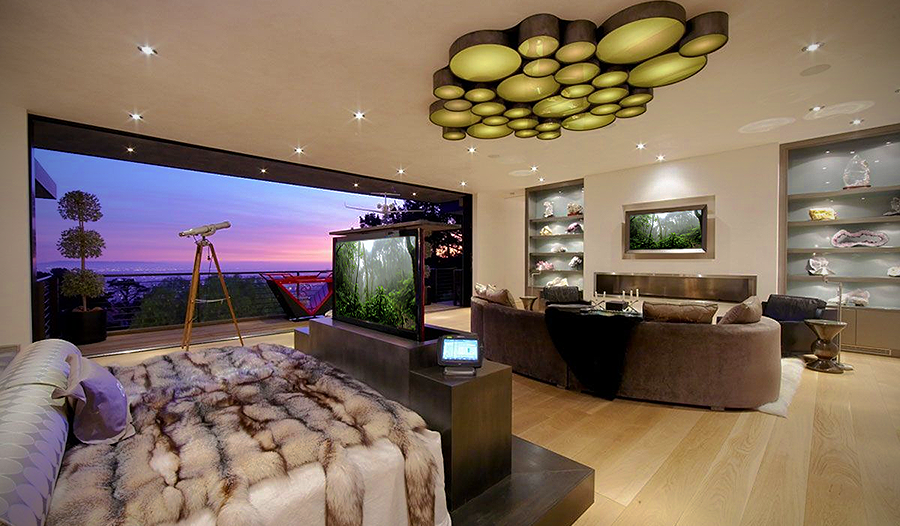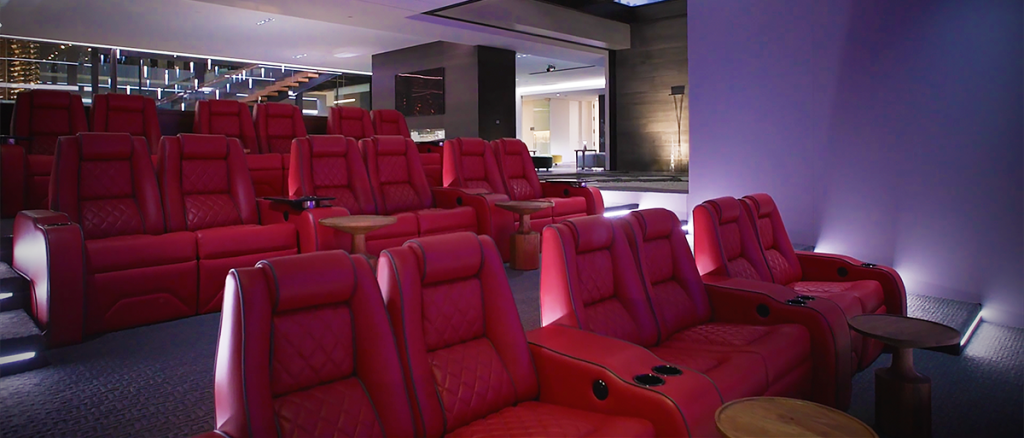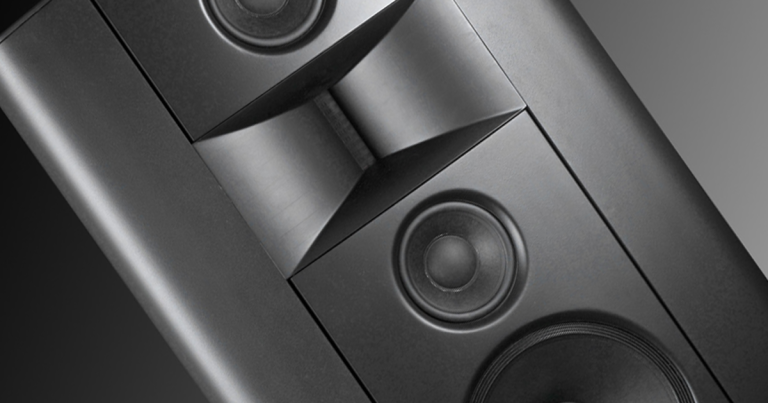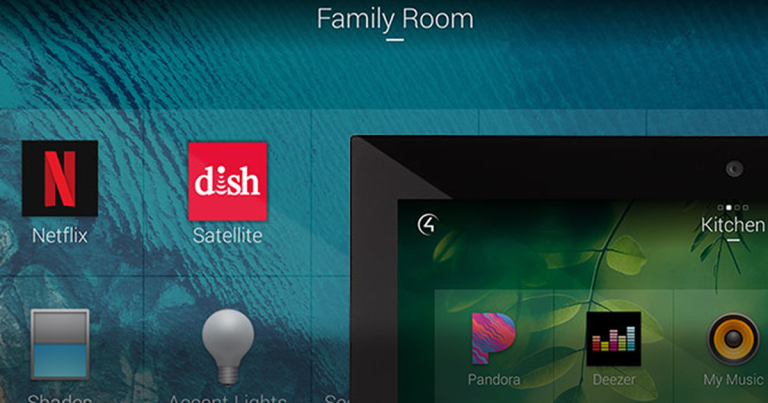Keeping the Spies at Bay
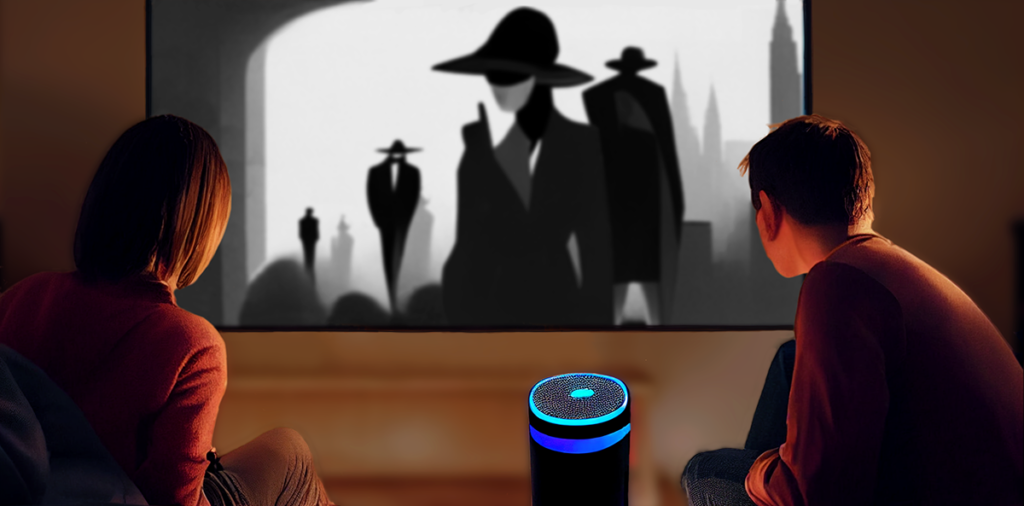
Keeping the Spies at Bay
People eager to dive into voice control have found their personal data being exploited and even handed over to the authorities. But there are alternatives.
by Dennis Burger
September 30, 2022
You’ve likely seen the alarming headlines about all the ways companies such as Amazon and Google share personal data from their voice-control and smart home products with law enforcement, advertisers, and other tech giants. Needless to say, most people who bought an Amazon Echo or a Google Home speaker didn’t know this sort of relinquishment of privacy was part of the bargain, and it’s probably safe to assume most of them consider it too steep a price to pay just for a bit of enhanced convenience.
If all the above has made you hesitant to buy into a voice-control system, no one could blame you—especially if your data and your privacy are among your most valuable assets. Fortunately, Amazon and Google aren’t the only names in town when it comes to providing sophisticated voice control for things like your entertainment systems and smart home devices. Higher-end solutions exist that can do the job without intruding on your privacy.
Probably the most enticing alternative—especially for luxury entertainment systems and high-end living spaces—is Josh AI, which offers a commitment to data privacy the mass-market solutions don’t.
Unlike Google and Amazon, Josh AI doesn’t upload every word you utter to the cloud for processing. What you say isn’t stored on some remote server and used to triangulate your buying habits. Instead, Josh operates almost entirely inside your home on custom servers you yourself own. Very little information is sent over the internet, and you can delete your entire chat history at the touch of a button. You can also mute or turn off microphones easily.
Josh is also much more décor-friendly. Instead of tacky little fabric-covered speaker boxes, it relies on lovely and discrete microphone arrays, some designed to fit into Lutron wall plates. Josh also adapts to the way you speak instead of forcing you to learn unnatural and arcane syntax. Natural Language Processing allows for a more conversational control experience, allowing you to combine commands and create complex instructions like, “Hey Josh, dim the lights, cool the media room to 71°, lower the shades, and play the latest episode of The Rings of Power.” The system also relies on advanced AI learning to better adapt to your speech patterns and lifestyle habits over time; but if that feels too invasive, you can turn it off.
If you want to control your premium entertainment space—and the rest of your connected home—with the power of your voice, Josh AI is more than merely a compelling alternative to invasive mass-market solutions from the likes of Amazon or Google. Not only is it purpose-designed for the task but it’s easier to integrate into high-end interiors and high-end control systems. But perhaps most importantly, it doesn’t involve selling your digital soul to the lowest bidder.
Dennis Burger is an avid Star Wars scholar, Tolkien fanatic, and Corvette enthusiast who somehow also manages to find time for technological passions including high-end audio, home automation, and video gaming. He lives in the armpit of Alabama with his wife Bethany and their four-legged child Bruno, a 75-pound American Staffordshire Terrier who thinks he’s a Pomeranian.
© 2025 Cineluxe LLC
